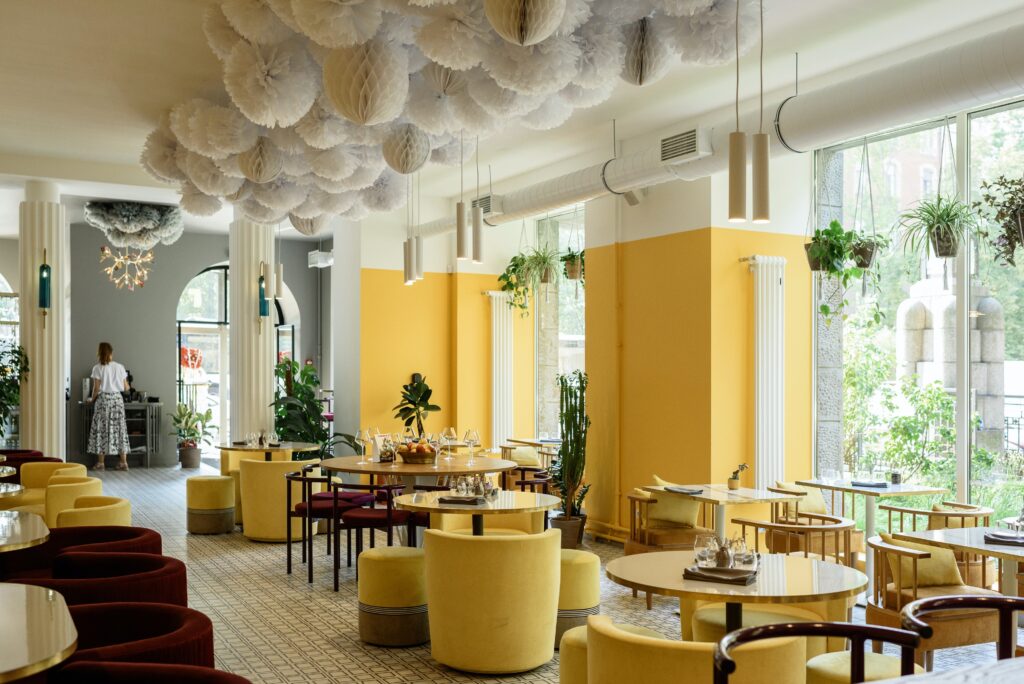To Share is to Show You Care!
In the ever-evolving world of interior design, staying current with the latest trends is crucial to creating spaces that resonate with emotion and style. As we step into 2023, this blog post will guide you through the essential strategies to keep your interior designs fresh, modern, and emotionally captivating.
1. Embrace the Trends
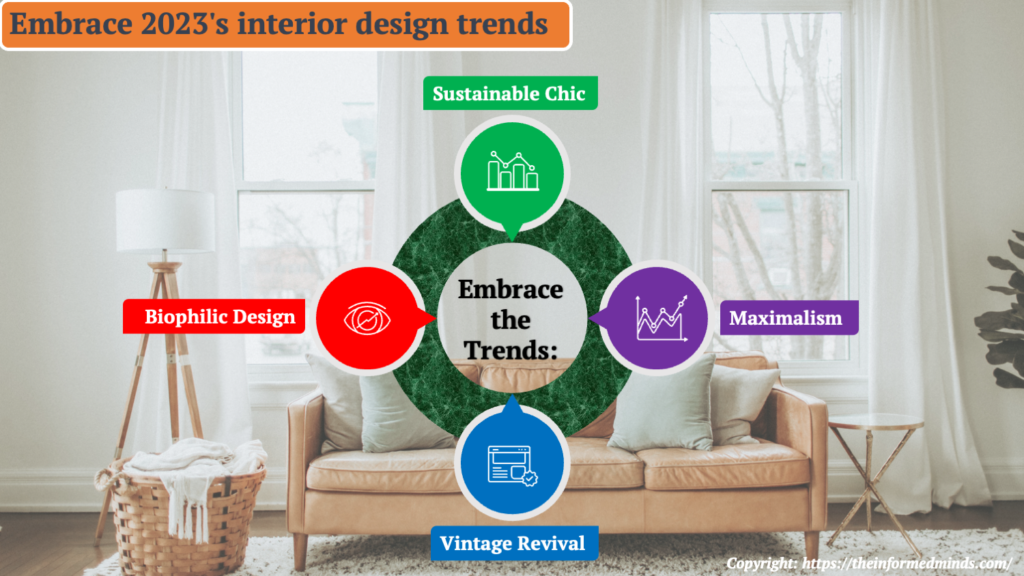
1.1 Biophilic Design
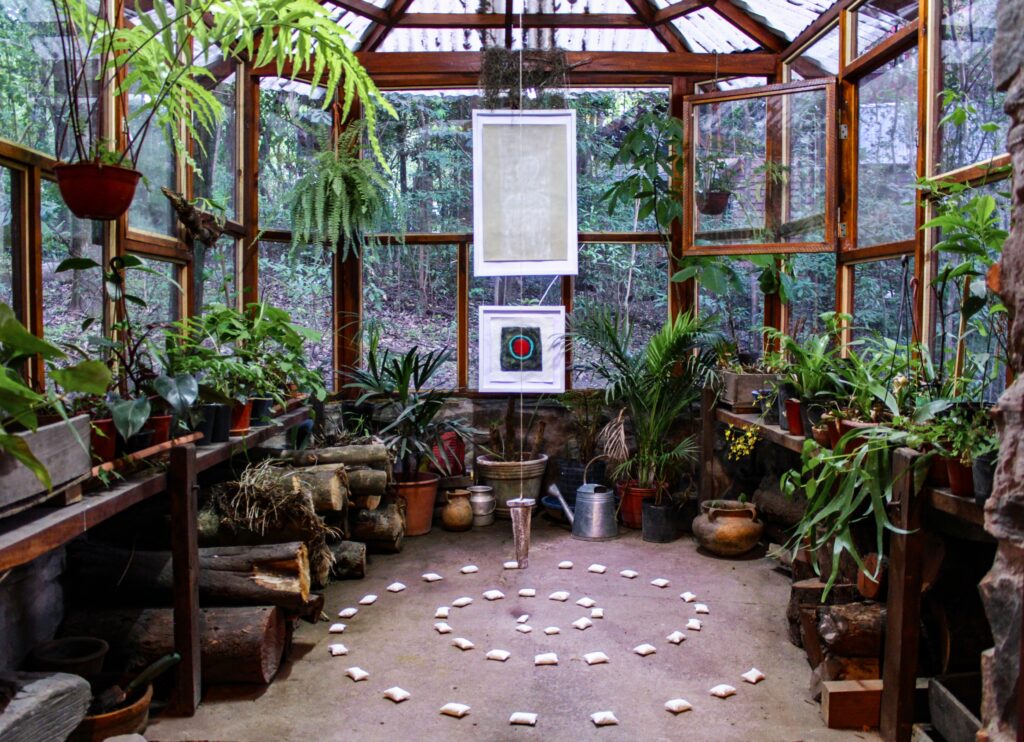
Biophilic design is all about incorporating nature into indoor spaces. This can be achieved by adding elements like houseplants, natural materials such as wood and stone, and earthy color schemes. Biophilic design aims to create environments that make people feel connected to the natural world, promoting both physical and emotional well-being.
1.2 Sustainable Chic
Sustainability is a growing concern in interior design. To stay on trend in 2023, consider using eco-friendly materials like recycled wood and sustainable fabrics. Also, focus on energy-efficient lighting and appliances to reduce the environmental impact of your designs.
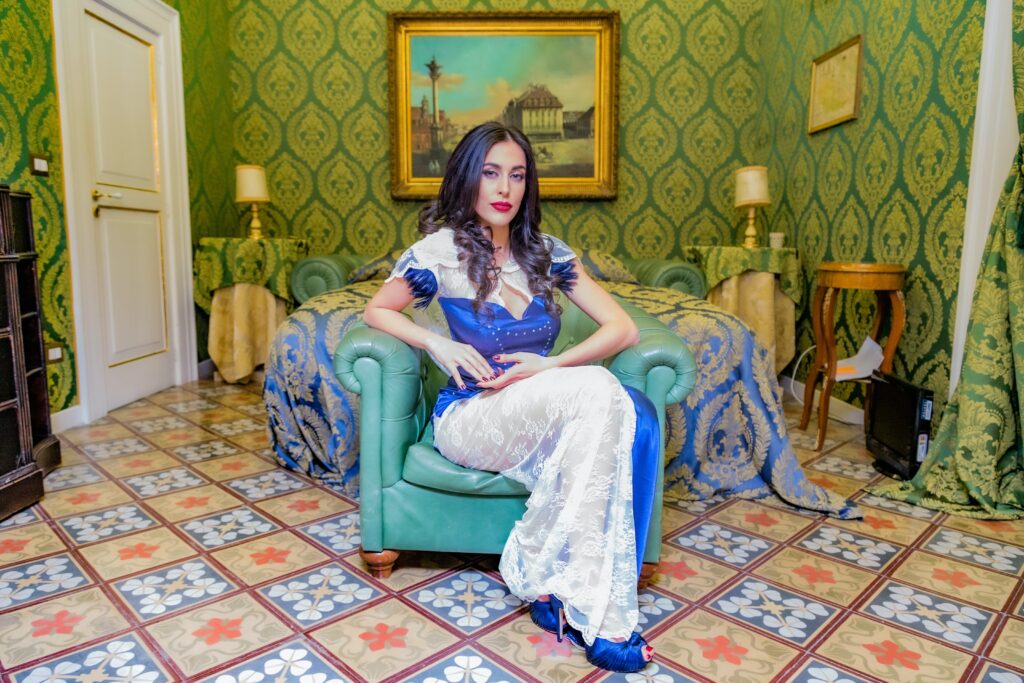
1.3 Maximalism
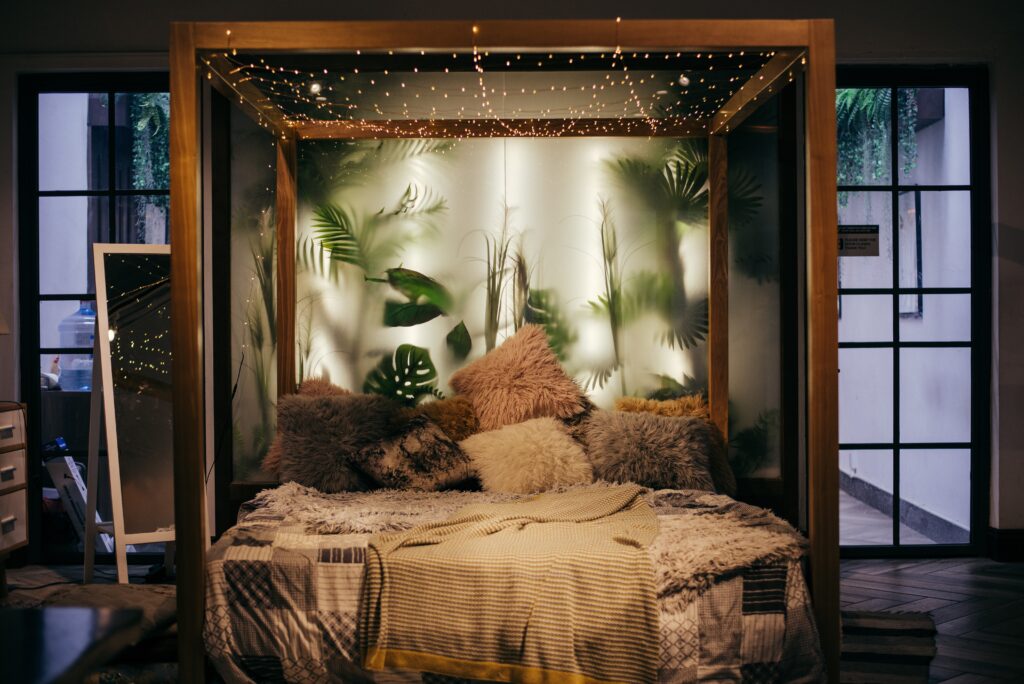
In contrast to minimalism, maximalism encourages boldness and extravagance. Embrace vibrant patterns, rich colors, and an eclectic mix of decor elements. This trend allows you to express individuality and create emotionally stimulating spaces.
1.4 Vintage Revival
Vintage revival involves bringing elements from the past into modern design. You can achieve this by using vintage furniture, retro color schemes, or incorporating nostalgic decor items. Vintage touches can add a sense of nostalgia and emotion to a space.
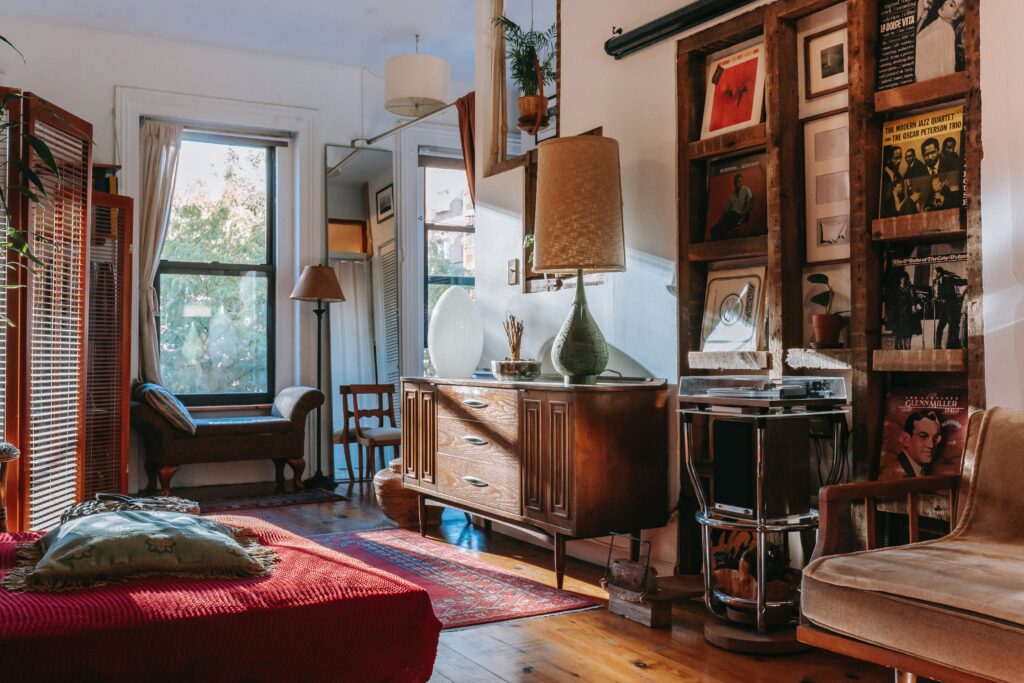
2. Utilize Technology
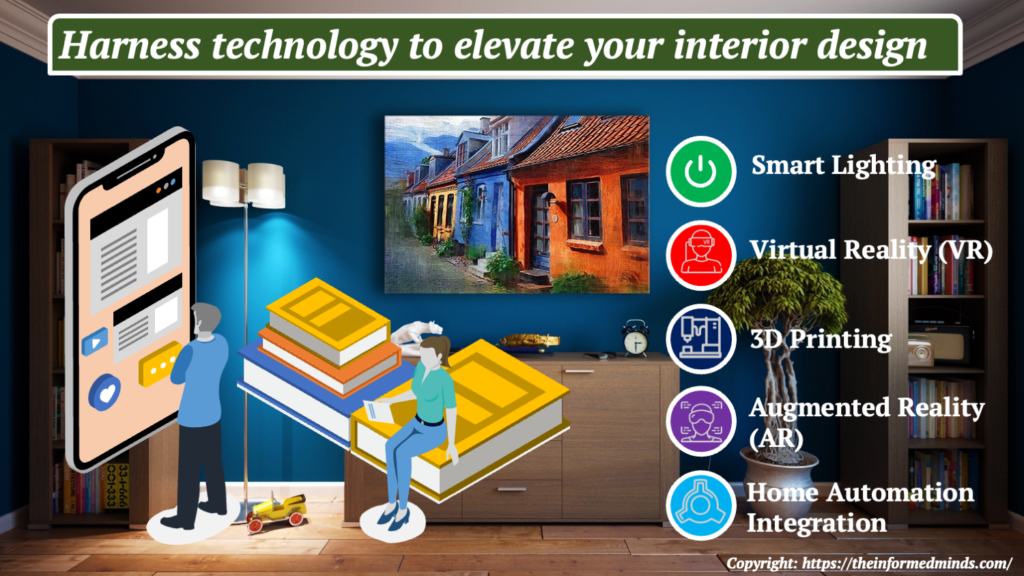
2.1 Smart Lighting

Smart lighting systems allow you to control the ambiance of a room with ease. You can adjust the brightness and color temperature to create different moods. For instance, warm lighting can evoke coziness, while cooler lighting can enhance productivity.
2.2 Virtual Reality (VR)
VR technology enables you to create virtual walkthroughs of your design concepts. Clients can experience their future spaces before any physical changes are made, helping them connect emotionally with the design.

2.3 3D Printing
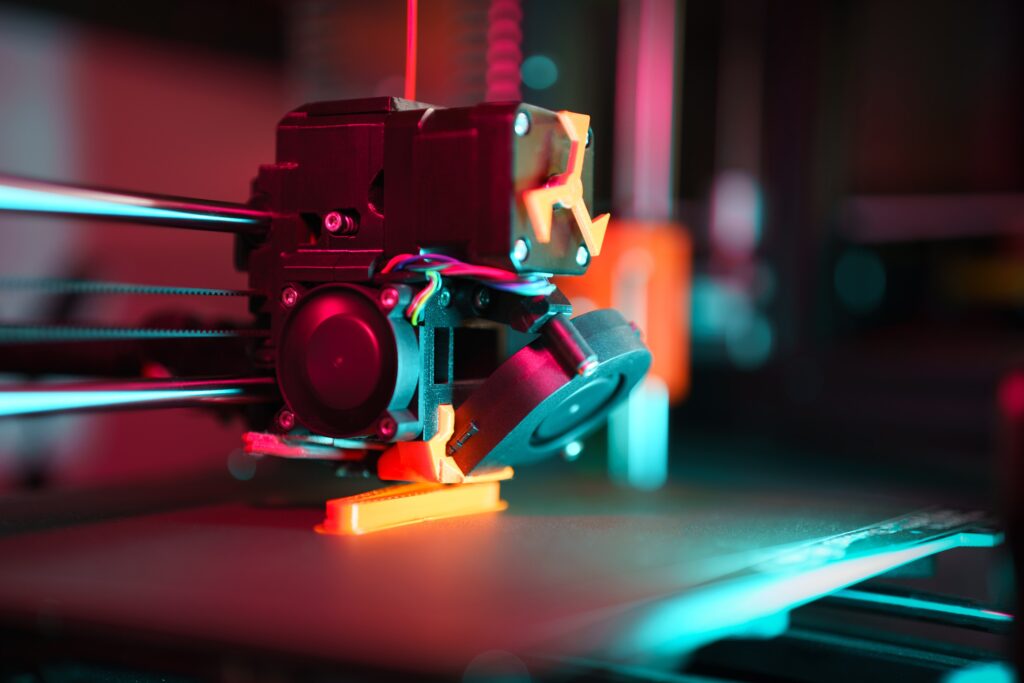
3D printing offers endless possibilities for customization. You can design and create unique furniture pieces, decorative items, or even architectural elements that cater to your clients’ specific emotional preferences.
2.4 Augmented Reality (AR)
Augmented reality apps and tools can provide an immersive design experience for your clients. With AR, clients can use their smartphones or tablets to visualize furniture placement, color choices, and decor elements in real-time within their own space. This technology bridges the gap between the digital and physical worlds, making it easier for clients to emotionally connect with your design concepts.
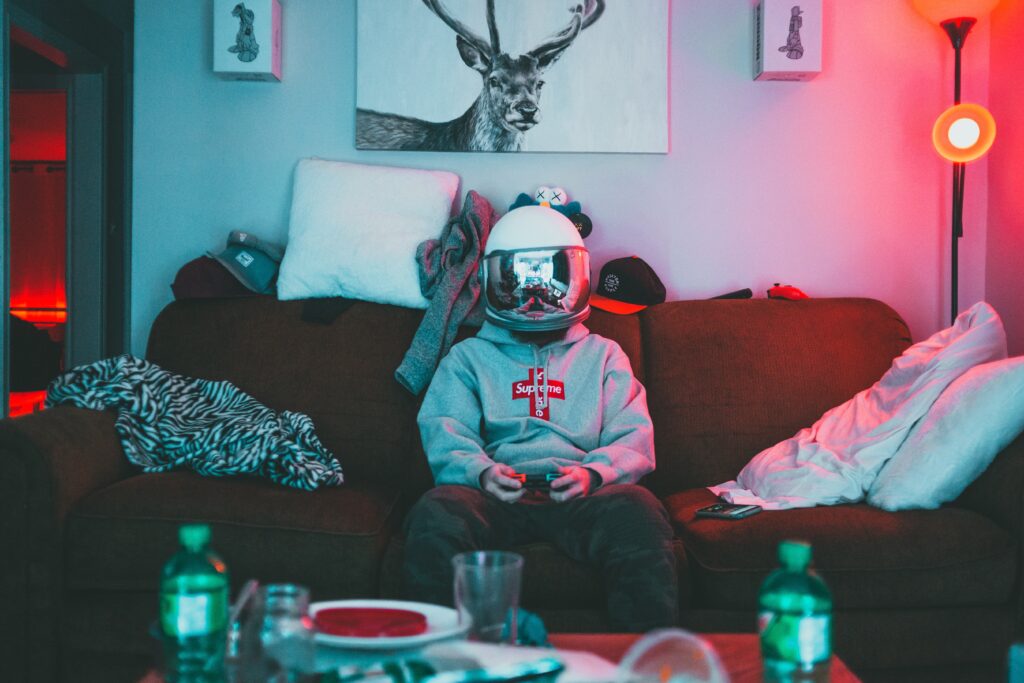
2.5 Home Automation Integration
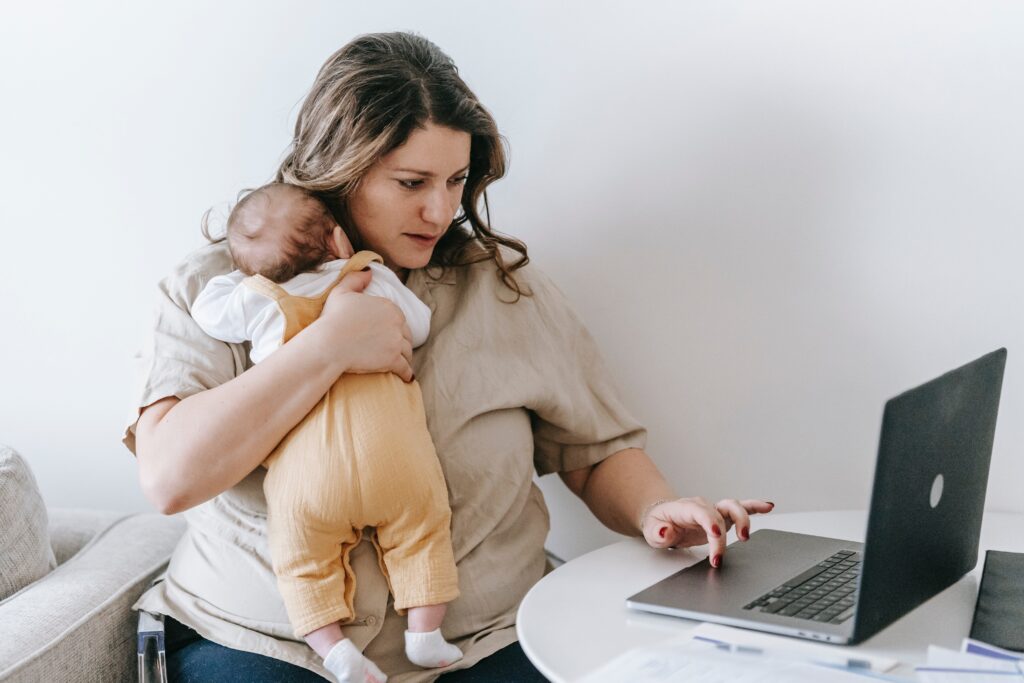
Smart home technology has become increasingly popular in interior design. You can integrate home automation systems that allow clients to control various aspects of their home, such as lighting, temperature, security, and entertainment, all from a single device or smartphone app. These systems not only enhance convenience but also contribute to the emotional comfort and security of the occupants. For example, the ability to create preset lighting scenes can set the mood for different occasions, enhancing the emotional ambiance of a room.
3. Emotional Design Elements

3.1 Color Psychology
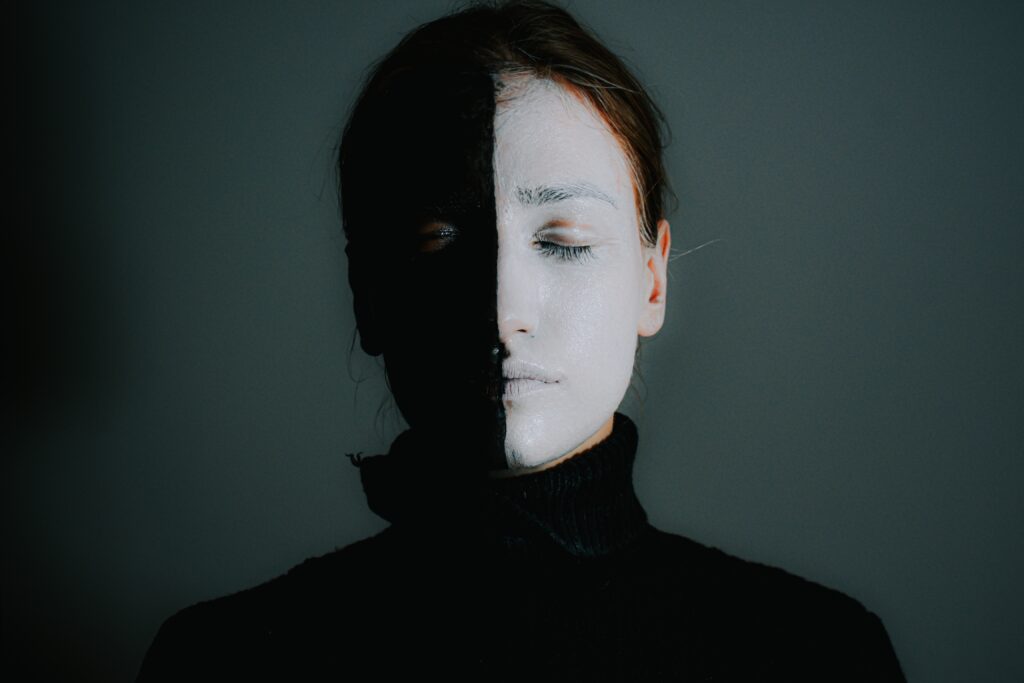
Different colors have the power to evoke various emotions. For example, warm colors like red and orange can create a sense of energy and excitement, while cool colors like blue and green can promote relaxation and calmness. Understanding color psychology can help you choose the right palette for your designs.
3.2 Personalized Touches
Incorporating personal items, family heirlooms, or artwork with sentimental value can make a space feel more emotionally connected to the occupants. These personalized touches create a sense of identity and comfort in the design.

3.3 Texture and Comfort
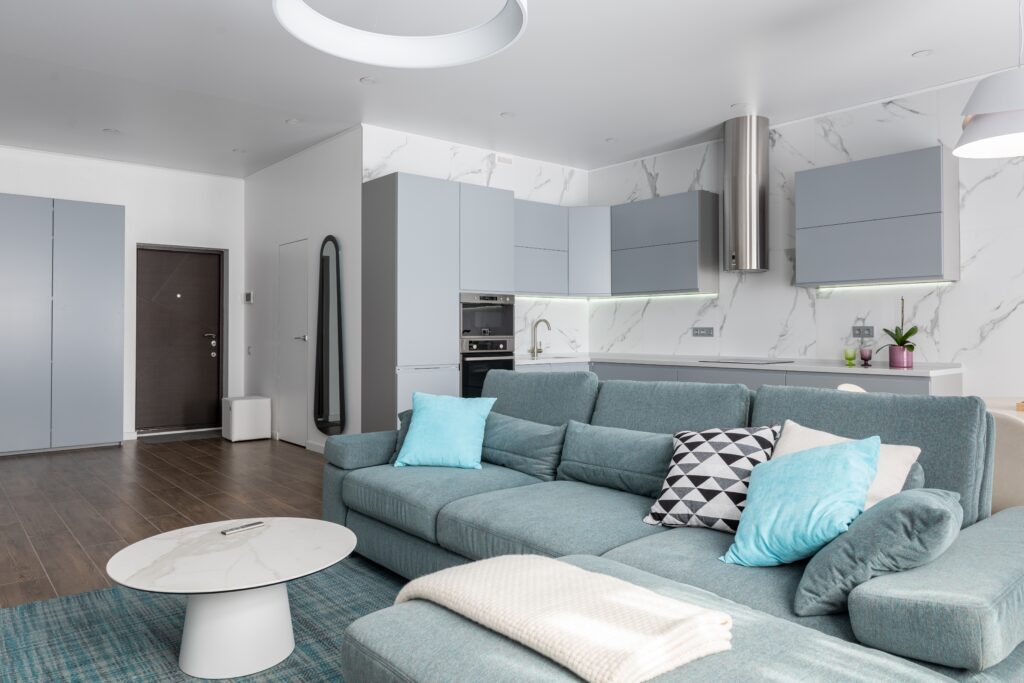
Texture plays a crucial role in how a space feels. Soft textures like plush rugs and cushions can make a room feel inviting and comfortable. Combining various textures adds depth and interest to your designs, creating a multisensory experience.
3.4 Sound scaping
Sound has a profound impact on the emotional atmosphere of a space. Consider incorporating sound scaping into your designs by strategically placing speakers and using ambient sounds or music to create specific moods. For example, soothing sounds like ocean waves or gentle rainfall can make a bedroom feel tranquil and restful, while upbeat tunes can energize a kitchen or living area. Ensure that the volume and choice of sounds align with the intended emotional response of the space.
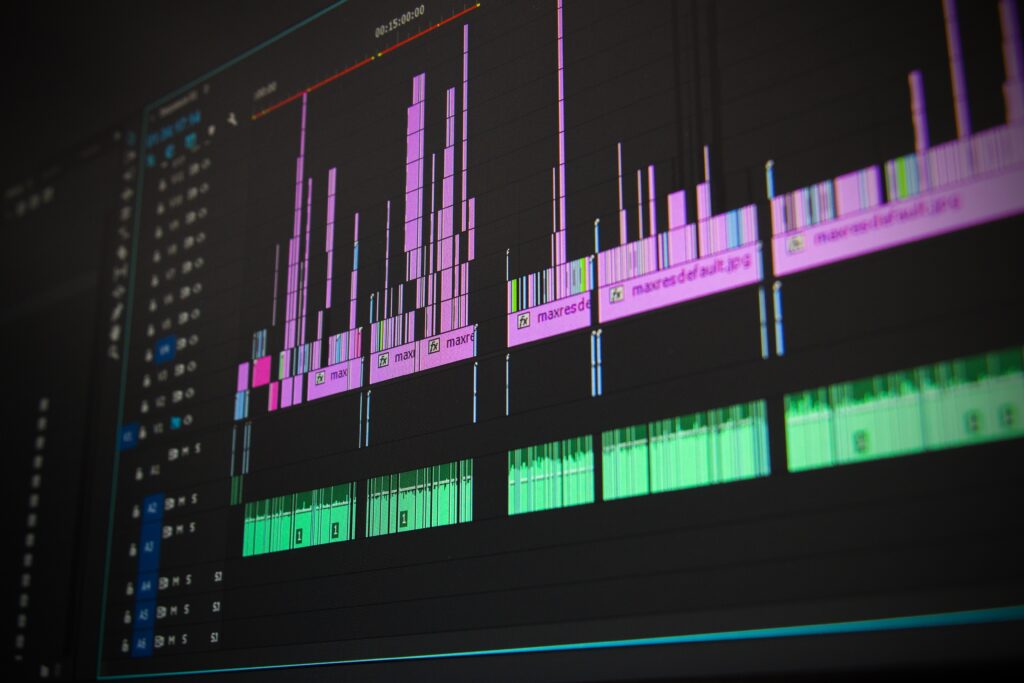
3.5 Aromatherapy and Scent Design

Scent is a powerful trigger of emotion and memory. Explore the world of scent design by incorporating aromatherapy into your projects. Use essential oils, diffusers, or scented candles to infuse spaces with pleasant fragrances that enhance the desired emotional experience. For instance, lavender can promote relaxation in a bedroom, while citrus scents can add freshness to a kitchen. Be mindful of your clients’ scent preferences and sensitivities when incorporating aromatherapy into your designs.
4. Stay Inspired
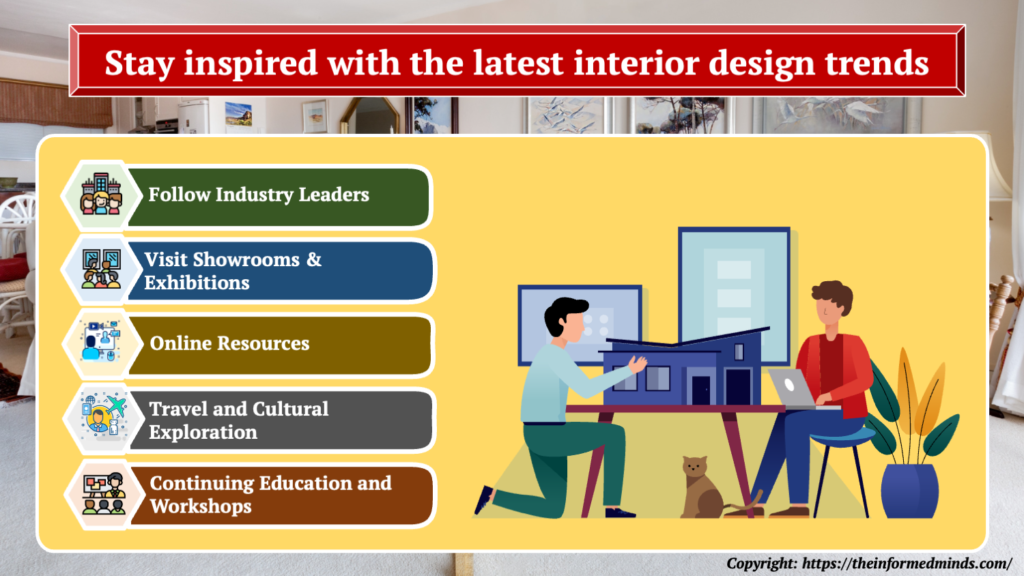
4.1 Follow Industry Leaders
Keep up with renowned interior designers and their latest projects. Studying their work can provide valuable insights into emerging trends and innovative design concepts.

4.2 Visit Showrooms and Exhibitions
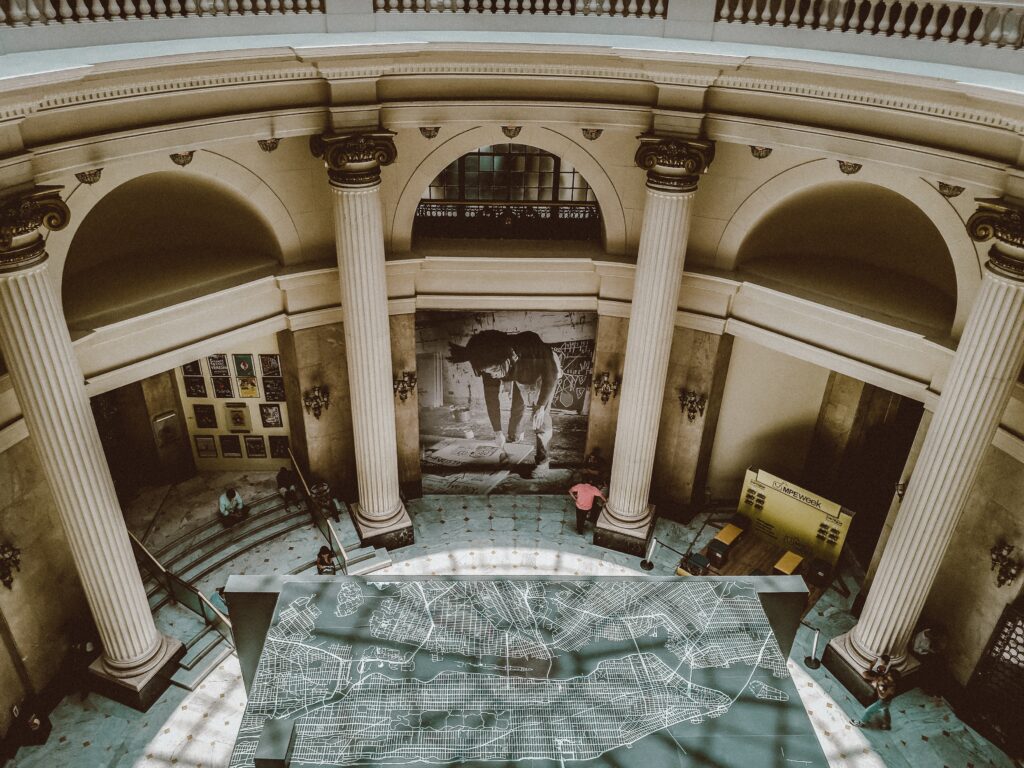
Attending design shows and exhibitions allows you to see the latest products and materials firsthand. It’s an excellent way to gain inspiration, discover new trends, and network with other professionals in the field.
4.3 Online Resources
The internet is a treasure trove of design inspiration. Explore design blogs, follow interior designers on social media platforms, and create Pinterest boards to curate and organize your design ideas. Online resources can help you stay updated on the latest trends and access a vast design community.
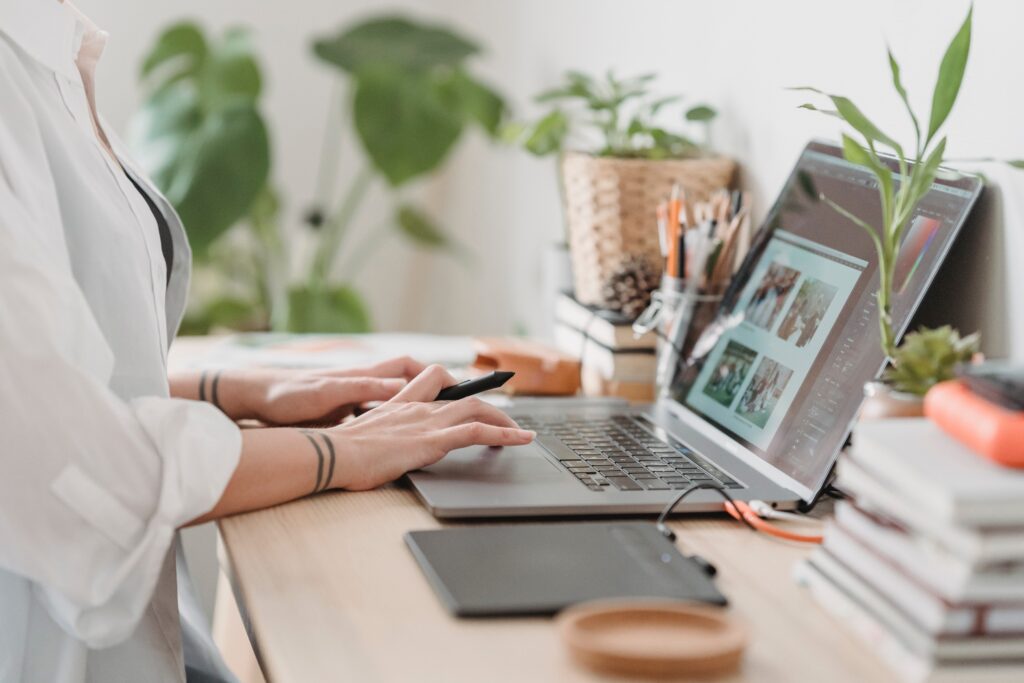
4.4 Travel and Cultural Exploration

To gain fresh design perspectives and inspiration, consider traveling and exploring various cultures. Visiting different cities, regions, or countries can expose you to diverse architectural styles, traditional crafts, and unique design elements. Take notes, photographs, and sketches during your travels to reference and incorporate into your future interior design projects. Immersing yourself in different cultures can infuse your designs with a rich tapestry of emotional and cultural influences.
4.5 Continuing Education and Workshops
Stay inspired and informed by participating in continuing education programs and design workshops. Many institutions and organizations offer courses and seminars on the latest trends, techniques, and technologies in interior design. These educational opportunities not only provide you with valuable knowledge but also connect you with fellow designers, fostering a supportive community where you can exchange ideas and stay inspired through shared experiences and challenges.
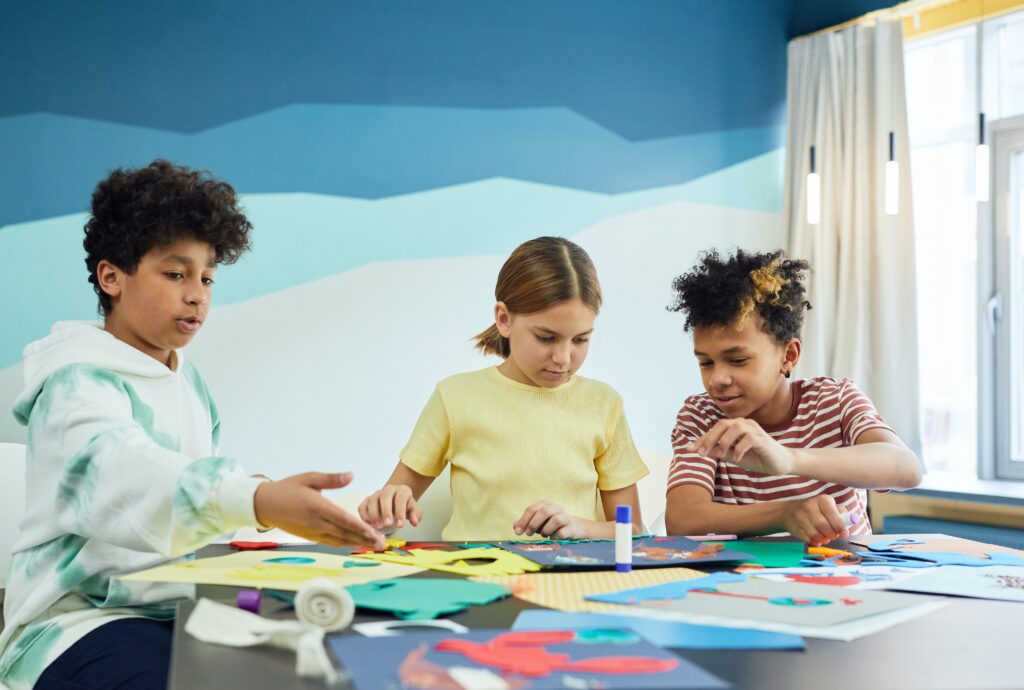
Conclusion
As you navigate the ever-changing landscape of interior design in 2023, remember that staying on the cutting edge isn’t just about following trends blindly. It’s about incorporating them in a way that resonates with your clients’ emotions and personal style. By embracing new trends, utilizing technology, and adding emotional design elements, you can create spaces that are both trendy and emotionally captivating, leaving a lasting impression on your clients.
Frequently Asked Questions
Q1: How do interior designers keep up with trends?
A: Interior designers stay updated with trends through research, attending design shows, following industry leaders, and using online resources such as design blogs and social media. Networking with peers and regularly exploring new products and materials also helps them stay current.
Q2: How does interior design affect emotions?
A: Interior design can evoke a range of emotions by using color psychology, lighting, textures, and spatial arrangements. A well-designed space can make people feel calm, energized, cozy, or inspired, depending on the intentional choices made by the designer.
Q3: How does interior design affect a person’s psychological aspect?
A: Interior design can influence a person’s psychological well-being by creating environments that promote comfort, reduce stress, enhance productivity, or encourage social interaction. Elements like layout, organization, and aesthetics play crucial roles in shaping one’s mental state.
Q4: How does interior design affect human behavior?
A: Interior design can impact human behavior by influencing how people interact with their surroundings. Design choices can encourage specific actions, such as relaxation in a cozy living room or focus in a well-organized office space.
Q5: How do you stay ahead of design trends?
A: Staying ahead of design trends involves continuous learning, attending industry events, networking, and seeking inspiration from various sources. Keeping an eye on emerging styles, materials, and technologies is key to staying ahead in the field of interior design.
Q6: What makes interior design timeless?
A: Timeless interior design relies on classic, enduring principles such as balance, harmony, and functionality. It avoids overly trendy elements and focuses on creating spaces that remain relevant and appealing for years, transcending passing fads.
Q7: What are the four factors that impact interior design?
A: The four key factors that impact interior design are functionality, aesthetics, budget, and the client’s preferences and needs. Successful interior design balances these elements to create well-rounded and satisfying spaces.
Q8: What is the biggest problem in interior design?
A: One significant challenge in interior design is achieving a balance between aesthetics and functionality. Designers often strive to create visually stunning spaces while ensuring they are practical and meet the needs of the occupants.
Q9: How do you show emotions in design?
A: Emotions can be conveyed in design through color choices, the arrangement of furniture, the use of art and decor, and the incorporation of personal items with sentimental value. Each of these elements can evoke specific feelings and create an emotionally resonant environment.
Q10: What are three ways the value of interior design affects you?
A: Interior design affects individuals by enhancing their quality of life through improved functionality, aesthetics, and comfort in their living spaces. It can also boost productivity in work environments and foster a sense of well-being and relaxation at home.
Q11: What personality type are most interior designers?
A: Interior designers come from a diverse range of personality types, but many exhibit traits such as creativity, attention to detail, good communication skills, adaptability, and a strong sense of aesthetics.
Q12: How can interior design change your life?
A: Interior design can change lives by creating environments that align with personal goals, enhance comfort, promote well-being, and provide spaces for relaxation, productivity, and social interaction.
Q13: What are ethical behaviors in interior design?
A: Ethical behavior in interior design includes honesty, transparency, respecting client confidentiality, using sustainable materials and practices, and adhering to industry standards and codes of conduct.
Q14: How does interior design affect people’s happiness and wellbeing at home?
A: Well-designed interiors can positively impact happiness and well-being by creating comfortable, organized, and aesthetically pleasing living spaces. These environments can reduce stress, promote relaxation, and foster a sense of belonging.
Q15: How do spaces make you feel?
A: Spaces can elicit various emotions based on their design. For example, a cluttered and disorganized space may induce stress, while a well-lit, neatly arranged room can evoke a sense of calm and contentment. Interior design plays a significant role in shaping these emotional responses.
The Informed Minds
I'm Vijay Kumar, a consultant with 20+ years of experience specializing in Home, Lifestyle, and Technology. From DIY and Home Improvement to Interior Design and Personal Finance, I've worked with diverse clients, offering tailored solutions to their needs. Through this blog, I share my expertise, providing valuable insights and practical advice for free. Together, let's make our homes better and embrace the latest in lifestyle and technology for a brighter future.

